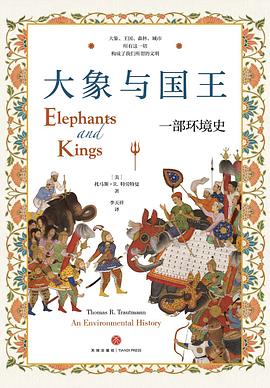
象庞大而庄严,从王权诞生之日起就是国王无法抗拒的尊贵象征。从考古发现中可以看到,各个早期文明已存在驯养大象的现象,如埃及、亚述、美索不达米亚、中国,以及印度河流域。在这些地方,大象的主要用途是王室祭品和狩猎对象。然而,托马斯·特劳特曼在南亚次大陆发现了特殊的用象制度,这一制度保护了它们的栖息地和种群数量:那就是战象。
自公元前1000年开始,北印度地区开始在战争中使用大象,与步兵、骑兵、战车共同构成了“四军”。大象开始进入人类的文明史,成为国王力量的象征。在此后的3000年中,以恒河流域为起点,战象的足迹逐渐遍布南亚,同时向西传播至波斯、叙利亚、埃及、迦太基、希腊和罗马,向东传播至中南半岛、爪哇岛和印度尼西亚的其他地区。托马斯·特劳特曼追溯了战象的缘起、传播路径和文化遗存,描绘了一幅跨越了3000年的文化图景。
为了维持这个独特的制度,国王必须保护野生大象免受猎人的觊觎,也要保护大象栖息的森林不被砍伐,还要维护与森林民族的关系。因此,国王与大象的关系,实际上是国王、大象、森林和森林民族之间的四角关系——这是一个丰富且复杂的关系网。所有这一切,构成了我们所谓的文明。
19世纪,随着英国人到来并统治南亚的绝大部分地区,人口数量暴增,猎象成为一项运动。战象制度退出历史舞台,大象的分布范围随之缩小,种群数量也急剧减少。而时至今日,人象矛盾仍然不时出现在新闻中。本书作者指出,人口数量的增长是一个长期问题:人类作为一个物种取得了灾难性的成功。这一切都在时刻提醒着我们,需要找到方法来保护自己的未来,并在此过程中保护与我们共存的生物的未来。
在跨文化的视角下,作者也没有忘记中国。作者指出,不论是甲骨文中的“象”、青铜器中的“象尊”,亦或是“商人服象”、《明实录》中的占城进贡大象,中国都发展出了丰富的象文化,但独独没有“战象”。作者提出了“土地伦理”的概念,认为中国“农业立国”的思想导致了其与印度的文化差异。
作者简介
托马斯·R.特劳特曼(Thomas R.Trautmann)
美国历史学家、文化人类学家,密歇根大学历史与人类学荣休教授,曾任密歇根大学历史系主任和南亚研究中心主任。1997-2006年担任《社会与历史比较研究》主编。著有《印度次大陆:文明五千年》《语言与国家》《雅利安人与英属印度》。
特劳特曼的研究主要集中在古代印度历史、人类学史和其他相关学科,尤其专精古印度梵语论典。他还撰写了有关印度达罗毗荼人亲属关系和美国印第安人亲属关系的大部头著作。特劳特曼常年在密歇根大学为本科生开设印度文明史通识课、专题课,有丰富的教学经验,擅长用通俗浅显的方式讲授印度文明史专业知识。
Large and majestic, the elephant has been the king's irresistible symbol of honor since the birth of the throne. Archaeological discoveries have shown that elephants were domesticated in various early civilizations, such as Egypt, Assyria, Mesopotamia, China, and the Indus Valley. In these places, the main use of elephants was for royal sacrifice and hunting. In the subcontinent, however, Thomas Troutman has discovered a special system of elephant use that protects their habitats and populations: war elephants.
Since 1000 BC, elephants have been used in warfare in northern India, forming the "Four armies" together with infantry, cavalry, and chariots. The elephant began to enter the history of human civilization and became a symbol of the power of Kings. Over the next 3,000 years, starting in the Ganges valley, war elephants spread across South Asia, westward to Persia, Syria, Egypt, Carthage, Greece, and Rome, and eastward to Indochina, Java, and other parts of Indonesia. Thomas Troutman traces the origins, transmission routes and cultural remnants of war elephants, painting a cultural picture spanning 3,000 years.
In order to maintain this unique system, the king had to protect the wild elephants from hunters, protect the forests where the elephants lived from being cut down, and maintain relations with the forest peoples. So the relationship between the king and the elephant is really a four-cornered relationship between the king, the elephant, the forest, and the forest people - a rich and complex web of relationships. All this constitutes what we call civilization.
In the 19th century, with the arrival of the British and their rule over most of South Asia, the population exploded, and elephant hunting became a sport. With the withdrawal of the war elephant system from the historical stage, the distribution range of elephants has been reduced, and the population has also been sharply reduced. Today, the contradiction between human and elephant still appears in the news from time to time. The authors argue that human population growth is a long-term problem: the catastrophic success of humanity as a species. All of this is a constant reminder of the need to find ways to protect our own future and, in the process, the future of the creatures we co-exist with.
In the cross-cultural perspective, the author does not forget China. The author points out that whether it is the "elephant" in oracle bone inscriptions, the "elephant statue" in bronze ware, or the "merchants wear the elephant" in the "Ming Shilu", China has developed a rich elephant culture, but there is no "war elephant". The author puts forward the concept of "land ethics" and argues that China's idea of "building a nation through agriculture" leads to its cultural differences with India.
About the author
Thomas R. Trutmann
American historian and cultural anthropologist, Professor emeritus of history and Anthropology at the University of Michigan, where he was chairman of the History Department and director of the Center for South Asian Studies. He was editor-in-chief of Comparative Studies in Society and History from 1997 to 2006. He is the author of the Indian Subcontinent: Five Thousand Years of Civilization, Language and the State, and the Aryans and British India.
Troutman's research focuses on ancient Indian history, anthropological history, and other related disciplines, with a particular focus on ancient Indian Sanskrit texts. He also wrote tomes on Dravidian kinship in India and Indian kinship in the United States. Troutman has been teaching general courses and special courses on Indian civilization history for undergraduate students at the University of Michigan for many years, and he has rich teaching experience and is good at teaching professional knowledge of Indian civilization history in a popular and simple way.
 热门标签
热门标签
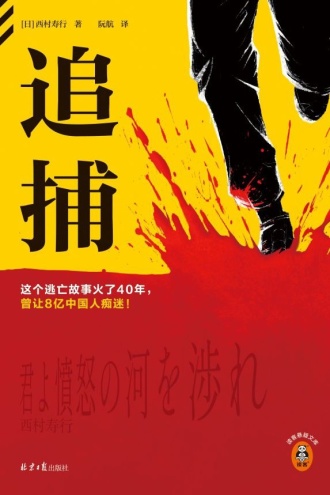
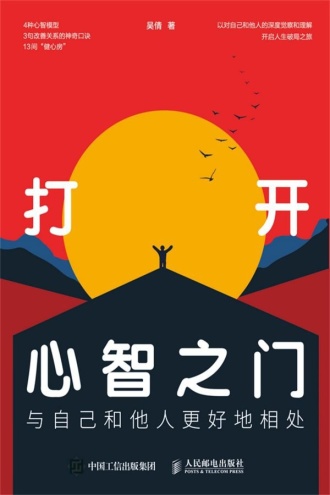
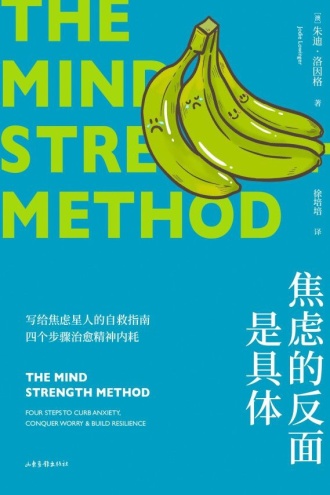
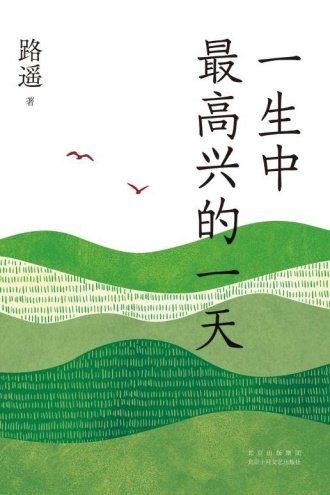
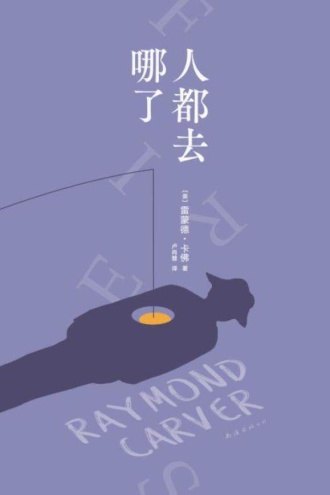



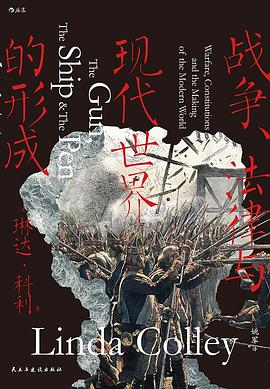
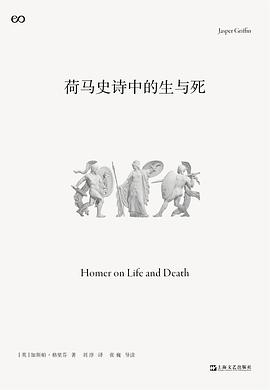
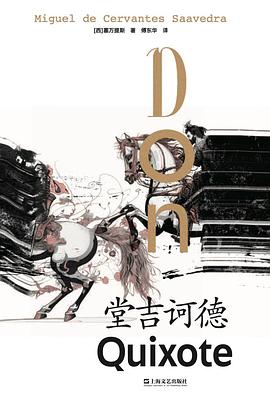

 书单推荐
书单推荐